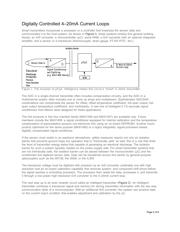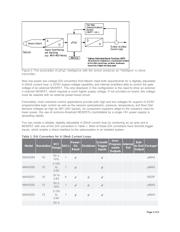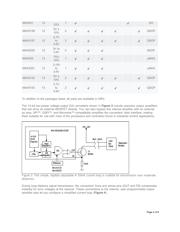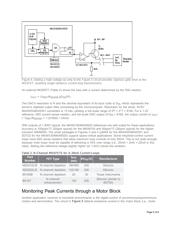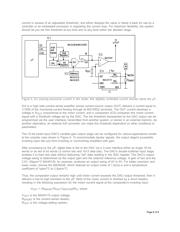Datasheet 搜索 > DA转换器 > Maxim Integrated(美信) > MAX5253BCAP+T 数据手册 > MAX5253BCAP+T 其他数据使用手册 1/8 页
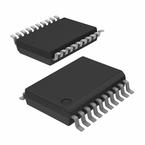
 器件3D模型
器件3D模型¥ 176.924
MAX5253BCAP+T 其他数据使用手册 - Maxim Integrated(美信)
制造商:
Maxim Integrated(美信)
分类:
DA转换器
封装:
SSOP-20
Pictures:
3D模型
符号图
焊盘图
引脚图
产品图
MAX5253BCAP+T数据手册
Page:
of 8 Go
若手册格式错乱,请下载阅览PDF原文件

Maxim > Design Support > Technical Documents > Tutorials > A/D and D/A Conversion/Sampling Circuits > APP 722
Maxim > Design Support > Technical Documents > Tutorials > Amplifier and Comparator Circuits > APP 722
Maxim > Design Support > Technical Documents > Tutorials > Sensors > APP 722
Keywords: 4-20mA, current loop, current loops, DAC, ADC, current DAC, isolation, 2-wire, signal
conditioning, low power, D/A, industrial control,EMI, transducers, current transmission, transmitter
TUTORIAL 722
3V/5V DACs Support Intelligent Current Loop
Jul 22, 2002
Abstract:
This application
note explains 4–20mA current loops and intelligent transmitters and explains
their need for high-resolution low-power DACs.
An optimum power-supply chip is not the only critical choice to be made in designing a mixed 3V/5V
microprocessor-controlled system. Because more and more systems require low-power components
capable of low-voltage startup, state-of-the-art A/D and D/A converters with near-ideal specifications,
including 3V/5V operation, are also welcome.
Today's popular industrial-control applications, such as programmable-logic controllers, factory process
control, computer numeric control (CNC), and intelligent transmitters, all demand low-power
semiconductors. Consistent with this trend is the use of 4–20mA current loops, which have become a
well-established part of the analog communications between the host computer and smart transmitters in
a factory environment. This article describes intelligent transmitters and explains their need for high-
resolution low-power D/A converters.
Basic Requirements for 4–20mA Transducers
For transmitting low-amplitude low-frequency signals over several hundred yards in a noisy industrial-
control environment, current is preferred over voltage, because the current at any instant is constant over
the entire length of the cable. Voltage transmission is not recommended, because the voltage at any point
depends on line resistance and capacitance, which change with the cable's length. Current transmission
also allows a single 2-wire cable to carry power and signals at the same time.
At the end of the transmission line, a precise termination resistor converts the loop current to an accurate
voltage. This resistor (typically 50Ω to 750Ω) establishes the current-loop receiver's input impedance. A
high signal-source impedance minimizes voltage fluctuations across the termination resistor caused by
variations in line resistance, but it also picks up more EMI and other industrial interference. Large-valued
bypass capacitors reduce EMI pickup by helping to lower the signal-source impedance. To summarize,
current loops offer four major advantages:
Long-distance transmission without amplitude loss
Detection of offline sensors, broken transmission lines, and other failures
Inexpensive 2-wire cables
Lower EMI sensitivity
Page 1 of 8
器件 Datasheet 文档搜索
AiEMA 数据库涵盖高达 72,405,303 个元件的数据手册,每天更新 5,000 多个 PDF 文件

